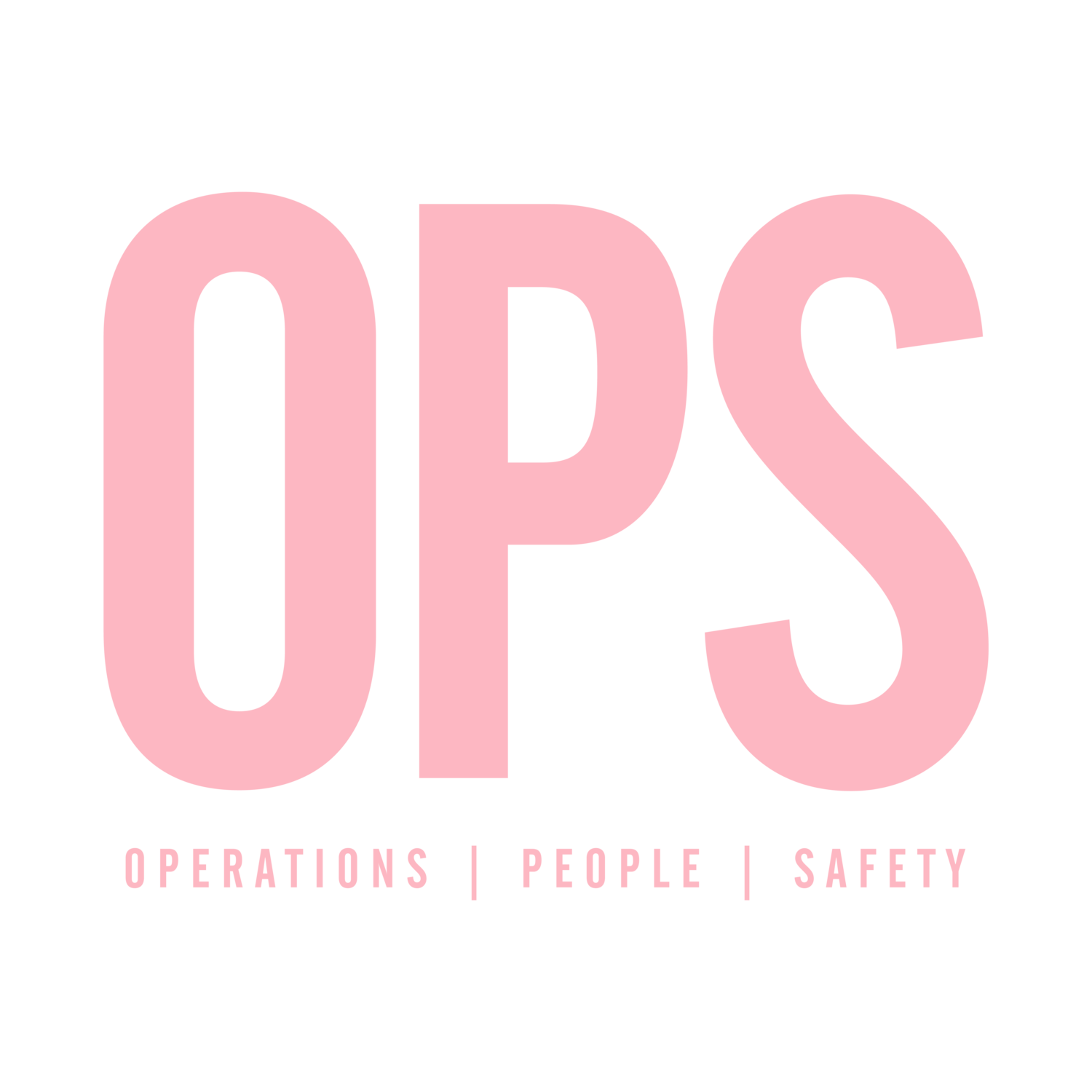Looking for the latest update on Martyn’s Law? Or wondering how best to liaise with local authorities for your next event? The Institute of Licensing Conference for Large Events delved into all of these key areas and more…
Earlier this week, We Group Director Rob Dudley and I (Cornelia, Senior Production Manager at The Fair) headed to the much-anticipated conference in Coventry, to hear insights from across the industry, while also providing some of our own.
It was an insightful day delving into the complexities of event safety, licensing, and crowd management. From counter-terrorism strategies to the science behind crowd control, here are my key takeaways from each session…
Session 1
The first panel of the day explored the hot topic of Martyn’s Law, discussing its impact on safety, resilience, and the live events industry as it nears its final stage in Parliament.
Key takeaways:
🎪 Jon Collins (LIVE) argued: The Home Office will push ahead on this bill, despite budget cuts across other areas of society. Festivals and events may suffer more than venues, and they may face restrictions, making local authority collaboration crucial going forward. The event industry urgently needs guidance on what this will look like.
🎪 Fraser Swift (Manchester City Council) added: Terrorist threats are evolving and it’s a nationwide issue. A holistic approach is needed to close security gaps and ensure proper preparation. Information needs to be disseminated so that premises and authorities can prepare.
🎪 Nick Aldworth MPA CSyP pointed out: This bill acknowledges our lack of resilience as an industry – terrorism is our biggest unpredictable risk. The challenge isn’t legislation, but adapting to modern terrorism threats. Let’s stop catastrophising about this legislation, it is the wrong route. Collaboration is the only way forward.
🎪 Philip Kolvin KC (11KBW) said: There’s no more time for debate on this topic – implementation is now key. There are flaws to this bill and enforcement may remain unclear for now, but resources must be allocated to make it work. This is not a competition, and we all need to work towards a safer industry.
The law is coming. Now it’s about how we apply it effectively.
Session 2

Next up we had an insightful session about working with responsible authorities and residents in regards to large scale Premises Licence Applications, delivered by Matthew Phipps (TLT) & our very own Robert Dudley Tech IOSH (We Group UK).
Key takeaways:
🎪 During the pre-application stage: Transparency, trust, and communication are essential.
🎪 Working on operating schedules: Have your drafts ready early, consider resident conditions, and reflect on feedback before final submission.
🎪 Statutory notices: Legal requirements vary – always stay informed.
🎪 Engagement: Don’t ignore representations or residents – active dialogue is key.
🎪 Integrity matters: A structured approach leads to long-term event success.
Collaboration is crucial for creating safe and thriving events. (If you’re looking for more advice on this, be sure to get in touch).
Session 3
After lunch, the audience gained some powerful insights from Philip Kolvin KC (11KBW) on 21st-century crowd management.
Key takeaways:
🎪 Crowd crush is a symptom – the real failure lies in planning and science.
🎪 Zone X remains unclear – who takes responsibility?
🎪 Crowd safety – must be treated as a science, taught, and replicated.
🎪 Security, safety, and service – must work together, not in isolation.
The conversation on accountability and better planning must continue.
My favourite quote:
“It’s an inglorious history in this country of ‘too little too late’. We do a lot more than other countries – but even then, we have an uneven patchwork for education.”
Session 4
An inspiring session led by Prof. Dr. G. Keith Still on Crowd Dynamics took us back to the ever-so important basics…
Key takeaways
🎪 The UK sets a standard in crowd management.
🎪 Crowd science = a mix of maths and psychology.
🎪 Understanding previous disasters is key to preventing future ones.
🎪 Accident vs. Negligence? It’s a critical distinction for liability.
🎪 Legal responsibility – producing OR signing off on crowd management plans means potential liability for negligence, should something go wrong on site.
A crucial reminder that crowd safety isn’t just about control—it’s about science, strategy, and responsibility.
Session 5
Following on from that, Roger Barrett (Star Live) gave an essential presentation on Safe Structures at Events.
Key insights:
🎪 Large events = large structures – safety must be a priority.
🎪Stages being built above / around public is increasing, raising risks. 🎪 There is a clear distinction between staging companies and companies that own stages. Choosing a reputable Staging Company over a cheaper alternative makes a huge difference.
🎪 Ongoing safety assessments are essential (Star Live rates structures regularly).
🎪 HSE’s legal responsibility to inspect Temporary Demountable Structures (TDS) is hindered by budget cuts.
🎪 SAG systems for TDS are outdated and not fit for purpose.
A critical reminder that structural safety in events cannot be overlooked.
Session 6
Finally, the crowd gained insights on from Angus McPherson & Stewart Keel (West Midlands Police) on the topic of Counter Terrorism in Licensed Premises.
Key takeaways:
🎪 Counter terrorism teams work incredibly hard to review all threats made by a number of groups.
🎪 Terrorism has developed and changed, increasing risks for organisers.
🎪 There are a number of free Security Tools available to organisers.
A crucial reminder that event security must include counter-terrorism planning.
Overall, it was a great day spent in Coventry with some of the industry’s most influential individuals. The team came away with a great deal of insights and look forward to attending again in the future!

